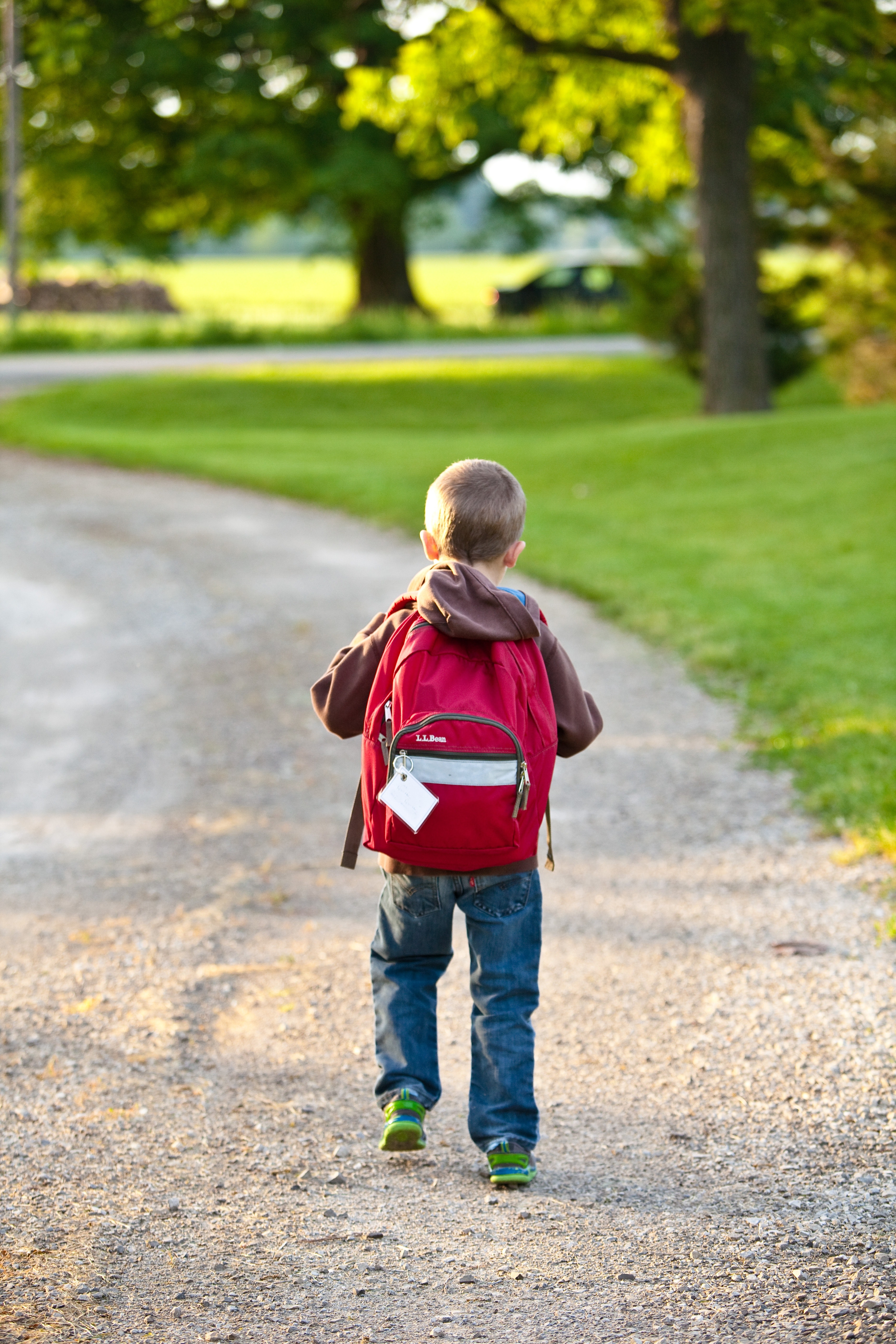

- Call 908 543 4390
- Email
- Dr.Joni Redlich PT,DPT


by Anjali Fortna, PT, DPT
What is Tummy Time?

“Tummy time” is the time during the day that an infant spends on his or her tummy. Because it is typically recommended that a baby sleep flat on her back during all naps and overnight sleep, it is important to give baby time in other positions to help develop symmetry and strength in all
directions.
There are many benefits to tummy time that go beyond just changing position. Spending time on their stomachs is crucial to babies developing strong neck muscles to lift their heads against gravity, and begin to develop the ability to lift their heads to look at people or objects in their environment. In the womb, babies grow in a position of flexion, meaning their necks, backs, hips, knees — everything — are bent forward. Developing range of motion in the opposite direction, or extension, is an important part of developing strength and symmetry for everyday activities. Tummy time is a big part of this development. It even helps the spine develop its
shape and change from the completely flexed forward infant spine to the childhood and adulthood spine that has curves at the neck and low back. All of this develops by working against gravity.
Another big benefit of tummy time is the prevention of a flat back of the head. When babies spend too much time on their backs beyond just when they are sleeping, their soft heads can become flattened on the back (brachycephaly), or the sides (plagiocephaly). Changes in head shape can lead to shortened or tight neck muscles, asymmetrical preference for vision and motor development, and may even affect the way a bike helmet fits when a child gets older. Working tummy time into baby’s every day can help prevent irregular skeletal and gross motor development.
So how is tummy time done? Tummy time should always be supervised until the baby can confidently and consistently roll from tummy to back by himself. While some babies enjoy playing on their tummies, others immediately fuss and try to avoid this position. Babies who
have colic or reflux may especially resist tummy time. Ideally, babies should spend 60 minutes per day on their tummy. If the baby enjoys being on his stomach, this can be completed in large chunks of time with the baby flat on his stomach on the floor, with a toy or parent in front of him to encourage him to lift his head and work his muscles against gravity. If baby doesn’t like tummy time or becomes fussy easily, it can be done in shorter bouts of just a couple minutes at a time. Some parents choose to work in small amounts at regular intervals during the day, such as just after a diaper change.
If the baby does not tolerate being flat on her stomach at first, there are some alternative methods of working in tummy time. Some babies will tolerate being in a partially flat position on their stomachs, such as propped with their chest over a boppy pillow or small wedge. Other babies will tolerate lying on their stomachs against their parent’s chest while the parent leans back on the couch. These positions are still considered tummy time because the baby must use her extensor muscles on her back to lift her head and trunk against gravity.
Overall, tummy time should be a positive and playful part of the day to help baby develop strength, symmetry, and new ways to interact with her environment. If you have concerns about your baby’s tolerance of tummy time, movement preferences, or developing body, a pediatric physical therapist can help assess your baby’s motor development and come up with strategies to make tummy time a regular and fun part of the day!

by Wendy Canary, PT
 “A parent’s job is never done!” SO true! A parent changes ‘hats’ all day long…chef, chauffeur, calendar keeper, housekeeper, personal assistant… the list of all the things we do in a day can go on and on. One of the most important roles we have as parents is teacher. Children watch our every move and learn by example. I think we have all seen a piece of ourselves when our toddler repeats a phrase they have heard from us or our child’s mannerism resembles our own. That can be humbling at times! Our teaching is sometimes more direct and changes as our children grow and learn and gain independence. We first teach children to hold our hand to cross the street, then to look both ways, and eventually give them the freedom to walk to the school bus or a friend’s house alone. Although not always on the forefront of our minds with these teachings, the truth is all of these skills learned at home will lead to the independent, self reliant person your child will be in the future.
“A parent’s job is never done!” SO true! A parent changes ‘hats’ all day long…chef, chauffeur, calendar keeper, housekeeper, personal assistant… the list of all the things we do in a day can go on and on. One of the most important roles we have as parents is teacher. Children watch our every move and learn by example. I think we have all seen a piece of ourselves when our toddler repeats a phrase they have heard from us or our child’s mannerism resembles our own. That can be humbling at times! Our teaching is sometimes more direct and changes as our children grow and learn and gain independence. We first teach children to hold our hand to cross the street, then to look both ways, and eventually give them the freedom to walk to the school bus or a friend’s house alone. Although not always on the forefront of our minds with these teachings, the truth is all of these skills learned at home will lead to the independent, self reliant person your child will be in the future.
When our children are small, self-care skills are a big part of our everyday teachings. The tasks of getting dressed, tying shoes, brushing teeth, using a fork, etc. are things we do everyday and ultimately want our children to be independent with. The challenge is they are repetitive and often fall in times when our ‘adult agenda’, does not allow for the pace of a child’s learning. We need to get out the door so it is faster to put our child’s shoes on. There is a school bus to catch so in the interest of time, we dress our child. It has been a long day and everyone is exhausted, so to keep things moving along, you brush your child’s teeth. Before I move on let me say— I GET IT! My children are grown but I remember all too well the exhaustion at bedtime as I watched my children brush their teeth or feeling agitated as I tried to move out the door and the kids never seemed to be moving at the pace I wanted. So I know the struggle is real! 
The challenge for parents is finding ways to promote these self-care skills without creating more stress in our family life. But if we can find ways to separate the learning from the time crunch, it can become more positive experience for all. Bringing play and learning together is always a good place to start! For example, pretend play is a great way to practice dressing skills using dress up clothes and role-playing with your child. Another fun way to engage our children is to make it into a race. Who can put their shoes on first? Can you put your shirt on before the timer goes off? Whatever the game is you choose, your child will be likely to enjoy your playful spirit and will be learning a new skill along the way!
Of course each child is different in their style of learning and their desire for independence. Some will figure things out without with very little input while others may need more assistance and things broken down into components for success. For the latter children, instead of saying ‘put on your shirt’, you could help them put the shirt over their head and then ask them to push their arm through the armhole. Or you could ask your child to move their toothbrush in their mouth back and forth over their teeth and then afterward you could help them with hand over hand assistance to assure they properly brush their teeth. For a child who is more resistant to doing things alone, by making each task smaller into components, they experience success, which will add to their confidence to try each additional task. With your support and encouragement, your child will master each part and will soon be independent!
Before ending, lets discuss shoe tying. This task can be daunting for many parents. If we think about the ideas from above of a non-stressful time and breaking things into components, it can be a skill that can be fun to learn. A child can practice tying a shoe lace around a favorite stuffed animal, on a shoe tying board book or a homemade device. I learned with a shoelace strung through the lid of a coffee can. I can still remember sitting on the floor of the kitchen as my mother cooked practicing on that can. I never once thought I HAD to learn this but instead I was thrilled with this fun activity my mom had given to me that day. I am sure I did not learn in one day but learned by parts, but my memory of learning is a happy one. So consider ways you can start to introduce this to your child in a fun way and remember to follow up with replacing the Velcro shoes with tie sneakers!
Watching our children develop new skills and gain independence is exciting and best yet, with every task they learn, it makes our ‘to do list’ a little smaller. It can be a challenge in the business of life and when a child has little motivation to learn, but with creativity on your part, you can make the teaching fun. So look for those moments where you can use play to practice a new self-care skill and then sit back and watch the learning unfold! And one day your child will proudly say to you, “I did it all by myself!”
